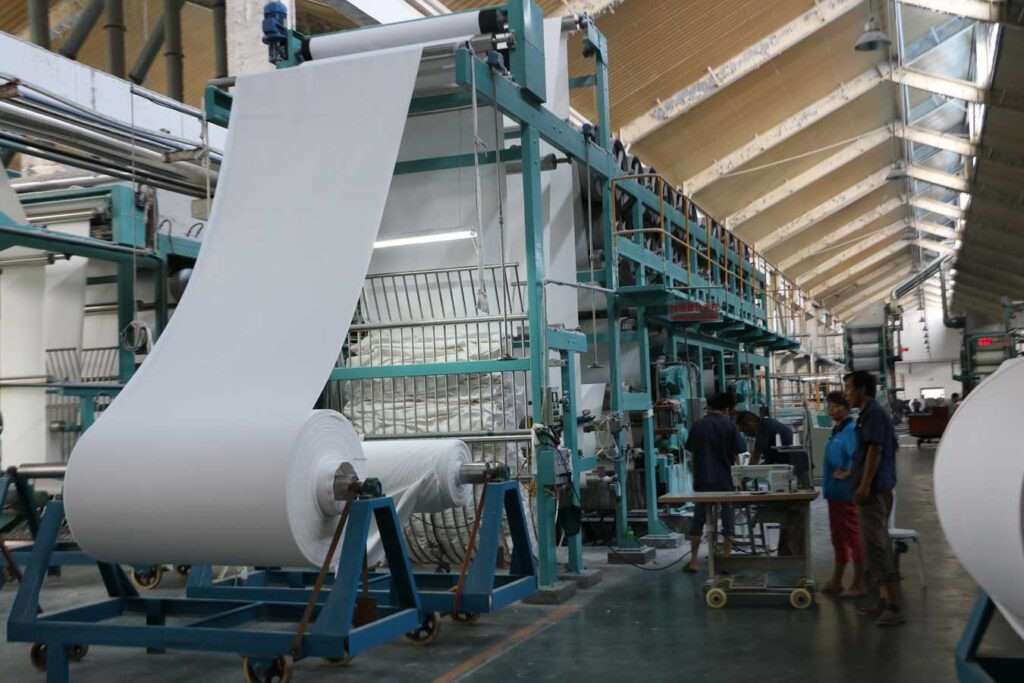According to the latest update from the Committee on Cotton Production and Consumption, estimates for cotton crop production for the 2023-24 season have been revised to 323.11 lakh bales from the previous estimate of 316.57 lakh bales.
Subdued global demand and anticipation of a better crop in countries like Australia has resulted in a downturn in the cotton market lately. This downturn is reflected in the recent performance of the May cotton futures contract on the Intercontinental Exchange (ICE), which peaked at 103.80 cents on February 28 but has since declined to 85.89 cents as of April 10. The December 2024 contract is hovering around 82 cents.
The decline in international cotton prices, approximately 17-18 per cent from recent highs, can be attributed to weak demand, particularly from China. Domestic prices in India have also decreased by 8-9 per cent.
Multinational traders in India have initiated selling for delivery in April, May, June, and July, primarily driven by the decline in ICE futures and subdued demand. Notably, companies like Viterra, COFCO International, and Louis Dreyfus Company are offloading their stocks, which are being absorbed by traders and mills.
Despite a slowdown in arrivals, there's an ample supply of cotton, with the Cotton Corporation of India (CCI), ginners, and traders maintaining sufficient stocks. Daily arrivals across various states are approximately 50,000-60,000 bales of 170 kg each. The CCI has procured 32.84 lakh bales at the minimum support price for the 2023-24 season and has sold 5.12 lakh bales so far, leaving stocks at 27.72 lakh bales.
However, farmers and ginners are expressing discontent this year due to unprofitable cotton prices, as highlighted by Pradeep Jain, Khandesh Gin Press Factory Owners Association. Arrivals are minimal, and demand is weak, with farmers possibly withholding stocks in anticipation of better prices.
While most North Indian cotton mills have secured their requirements for the next six months, they are exercising caution in their purchases due to limited demand for yarn at higher prices. Moreover, export opportunities are constrained due to a lack of price parity.
In the North Indian market, there's a noted shortfall in supplies, despite the lower domestic prices, according to Sushil Phutela, Indian Cotton Association.











